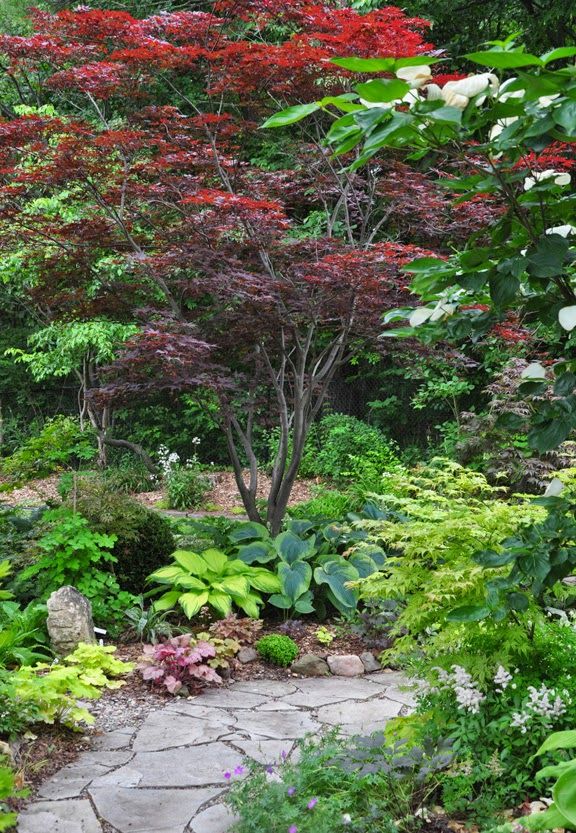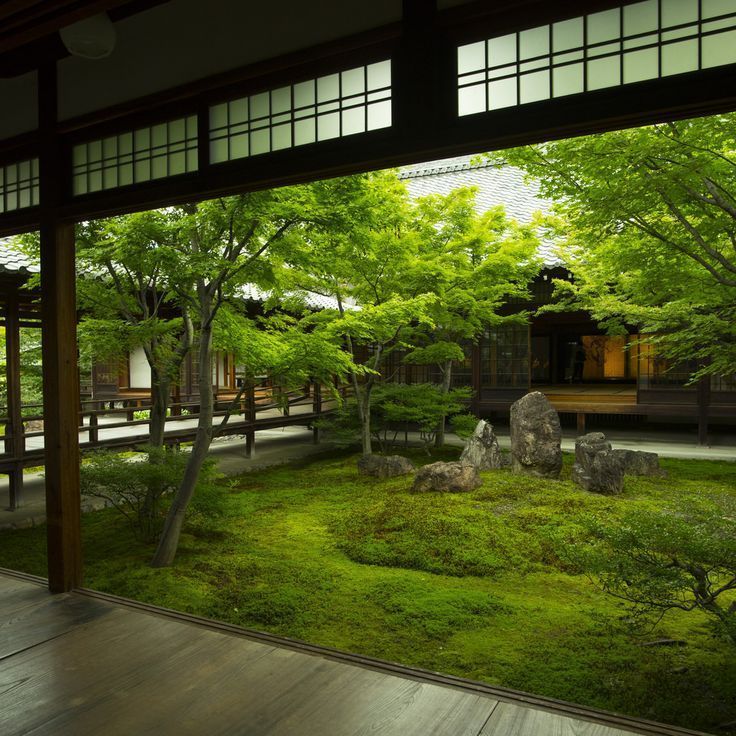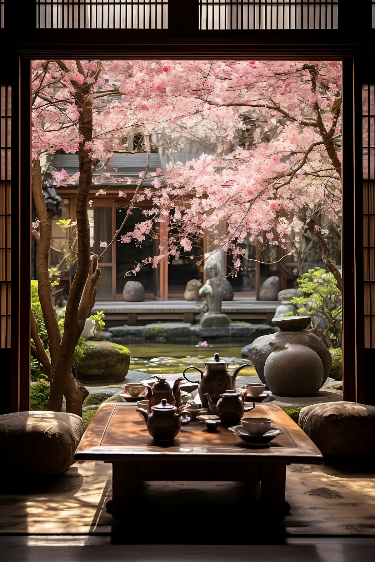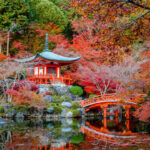Japanese gardens have long been admired for their beauty, tranquility, and attention to detail. These gardens are specifically designed to evoke feelings of peace, harmony, and balance with nature. Dating back to the 7th century, traditional Japanese gardens were influenced by the principles of Zen Buddhism and were designed as a place for spiritual reflection and meditation.
One of the key features of a Japanese garden is the use of natural elements like rocks, water, plants, and gravel to create a sense of harmony and balance. Rocks are carefully placed to represent mountains or islands, while water features like ponds or streams are used to create a calming atmosphere. Plants are chosen for their seasonal beauty and symbolism, with different trees and flowers representing different aspects of nature or the changing seasons.
In addition to natural elements, Japanese gardens also incorporate man-made structures like tea houses, lanterns, and bridges. These structures are carefully designed and placed to enhance the overall aesthetic of the garden and create a sense of unity between man and nature. Tea houses are often a central feature of a Japanese garden, providing a place for visitors to relax, enjoy a traditional tea ceremony, and contemplate the beauty of their surroundings.
Another important aspect of Japanese gardens is the use of symbolism and metaphor. Each element in a Japanese garden, from the placement of rocks to the choice of plants, is carefully chosen to convey a deeper meaning or evoke a specific emotion. For example, the raked gravel in a Zen garden represents the sea or a flowing river, while the arrangement of stepping stones symbolizes a journey or path to enlightenment.
Japanese gardens are also known for their meticulous maintenance and attention to detail. Gardeners spend hours pruning trees, raking gravel, and tending to plants to create a sense of order and harmony in the garden. This dedication to craftsmanship and precision is evident in every aspect of a Japanese garden, from the placement of rocks to the trimming of bonsai trees.
Overall, Japanese gardens are a testament to the beauty, harmony, and balance that can be achieved through careful design and attention to detail. These gardens serve as a place of peace and contemplation, inviting visitors to connect with nature and find tranquility in a world that is often chaotic and fast-paced. Whether exploring a traditional Japanese garden or creating one in your own backyard, the principles of balance, harmony, and beauty inherent in these gardens can inspire a sense of peace and serenity in all who experience them.
 yishifashion Where Outdoor Dreams Become Reality
yishifashion Where Outdoor Dreams Become Reality

















